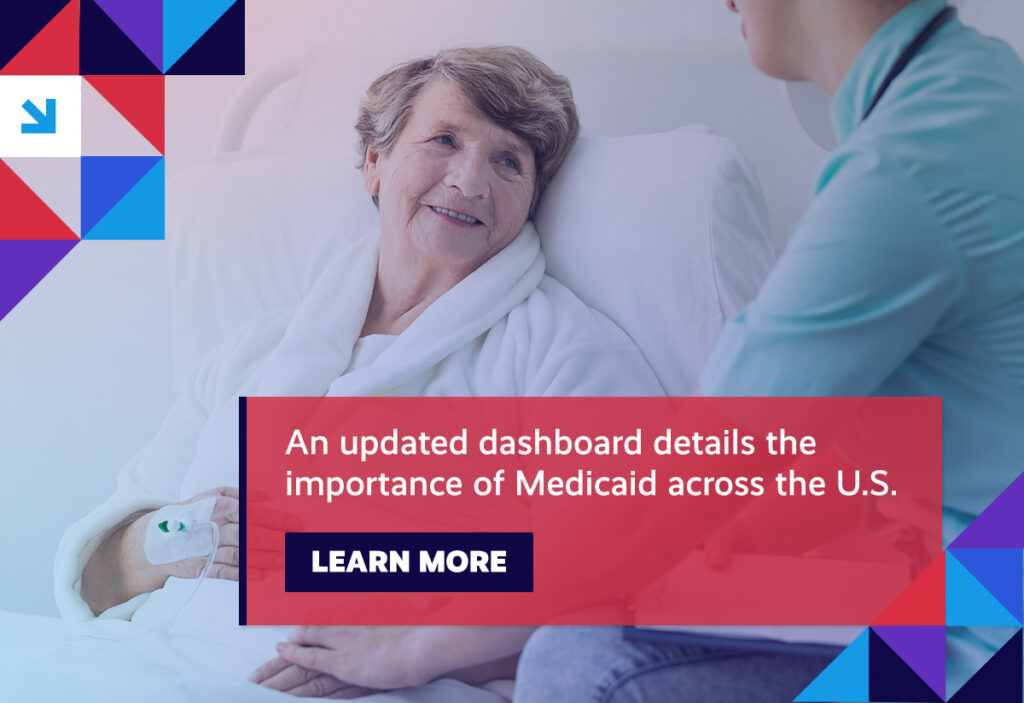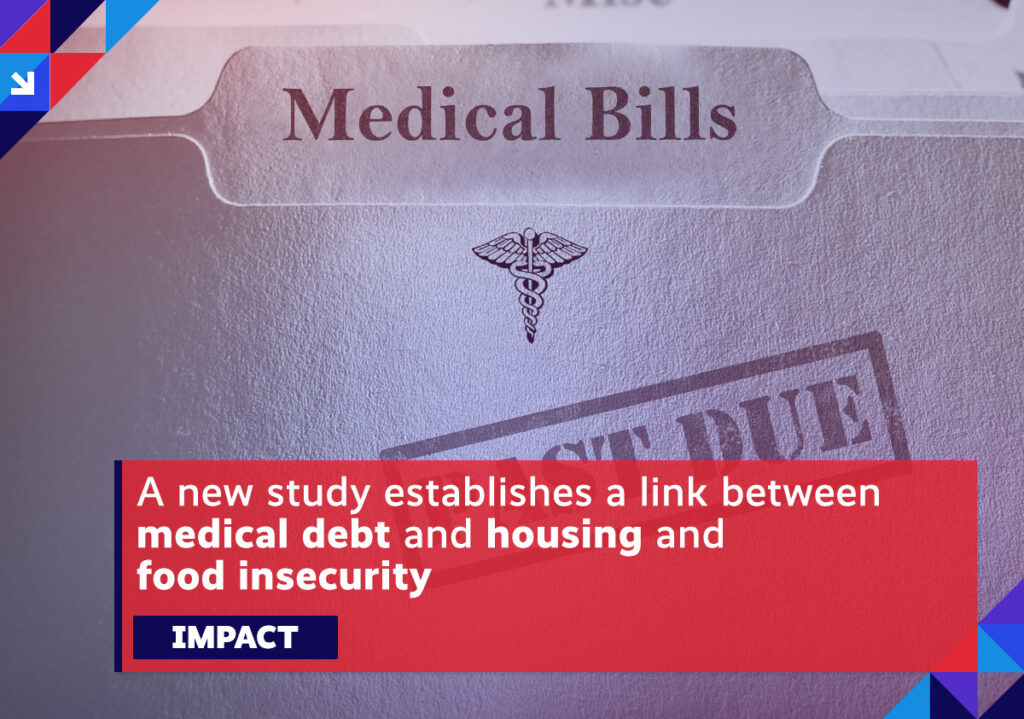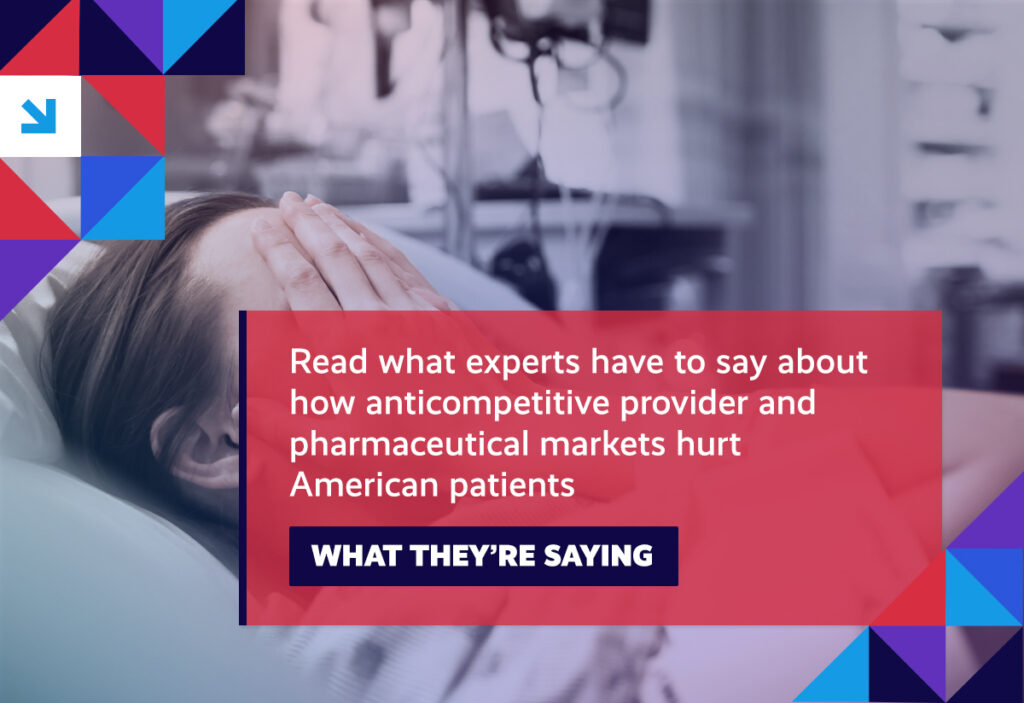A quick roundup of the issues driving the healthcare reform conversation.
Item of the Week

Week in Review
PATIENT DEBT Profitable hospital markets also have the highest levels of patient debt.
Quick takeaway: According to a recent review of hospital financials, some of the most profitable markets in the U.S. also have some of the highest levels of patient debt.
Business has been good for large hospital systems in markets across the country. Unfortunately, those good times don’t extend to the patients served by those hospitals.
By focusing on what’s happening in the Dallas-Fort Worth area, which boasted the top two highest concentrations of medical debt of the nation’s 20 most populous counties, researchers point out that the mismatched fortunes of hospitals and their patients is happening in communities everywhere.
Further context: According to a separate poll, approximately one-third of the 100 million adults with healthcare debt in this country owe money for a hospitalization.
- Close to half of those owe at least $5,000
- Nearly a quarter owe more than $10,000
Experts state that the most profitable medical centers have developed business models that allow them to prosper even if their patients can’t pay. This is largely a function of price, as hospitals maximize charges since most of these are paid by health insurers.
What it means: Across the U.S., health systems have managed to strengthen their market power by consolidating, enabling these systems to charge even more. On top of that, research has also shown that the more profitable hospitals focus on wringing out as much savings as they can from their operations by holding down pay for their workers and by leveraging their size to extract better deals from suppliers, impacting both access and quality.

HOSPITAL PRICES Health systems continue to raise prices, increasing the burden on workers and businesses.
Quick takeaway: Hospitals continue to lobby for additional federal aid by citing the same economic pressures facing all businesses, leaving some to wonder if the hospital industry just expects taxpayers to keep subsidizing their cash flow operations – and, profitability.
Further context: No one’s questioning that these funds have helped stabilize vulnerable facilities, particularly in rural and underserved communities. But, larger, well-heeled, urban hospital systems used early COVID subsidies to execute strategic acquisitions of competitors, which they’re now leveraging to raise prices on American consumers at a time when they can least afford it.
What it means: This is especially challenging for employers, who face significant increases in the cost of their health benefits, leaving many of them with the difficult choice of absorbing the hit themselves or passing those added costs onto their employees – a decision made all the more precarious in a tight labor market.

EMPLOYER-PROVIDED COVERAGE A reminder of the importance of employer-provided health coverage.
Quick takeaway: Despite the mounting challenges facing American businesses, employers continue to maintain their critical role in providing healthcare coverage to millions of individuals and families.
Further context: Recent polling reinforces the importance of that role, with three-quarters of adults with employer-provided coverage viewing their health plans as an integral part of maintaining their health and financial security.
Why it matters: Beyond giving American workers and families peace of mind, employer-provided coverage has also provided stability during the public health crisis, while ensuring access to mental health supports.
Rx R&D A new study adds to the growing body of research debunking Big Pharma’s claim that high drug prices are tied to research and development (R&D).
Quick takeaways: Research has already established that the link between the two is flimsy. However, a new study shows that no correlation exists between R&D and out-of-control drug prices.
Further context: Published in JAMA Network Open, researchers failed to find any relationship between the prices that pharmaceutical manufacturers set for 63 new drugs approved by the U.S. Food and Drug Administration (FDA) from 2009 to 2018 and the amount that those companies invested in R&D over that same timeframe.
What it means: They went on to argue that drugmakers set prices based primarily on the highest price they think they can get away with, stating that “pharmaceutical firms aim to maximize profits based on consumers’ willingness to pay…”
Spotlight

| You can keep up with the latest by following the Health Action Network on Twitter and by liking us on Facebook. And, be sure to check us out on LinkedIn, too. As always, let us know if there’s something you’d like to see covered in a future newsletter. |
